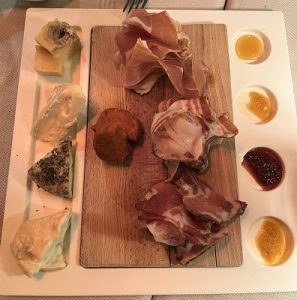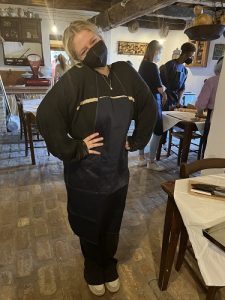- About Us
- About
- Our Mission
- Administration & Staff
- The Umbra Facilities
- Affiliates & Partners
- Contact Us
- Contact
- The Umbra Institute in Perugia
- Piazza IV Novembre 23
- Perugia, Italy 06123
- +39 075-775-0101
- Us Office
- 6428 Ridge terrace #761
- Orlando, Florida 32810
- +1 407-917-6699
- [email protected]
- Programs
- Build Your Own Semester
- Program in Food, Sustainability & the Environment
- Multi-Cultural Psychology
- Full-Immersion Italian Language & Culture
- Direct Enrollment – Belle Arti di Perugia
- Direct Enrollment – The University of Perugia
- Scholars Program for Independent Research
- Internships with Umbra
- _
- Summer Programs
- Summer Session I
- Summer Session II
- Archaeology Field School
- Summer Intensive Italian Language & Culture



 Antipasti
Antipasti Secondi
Secondi